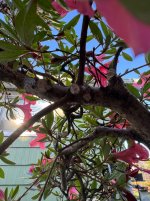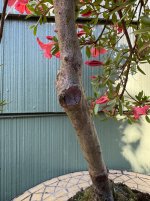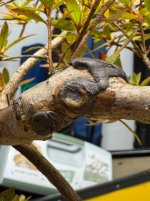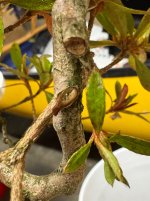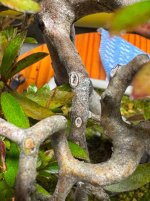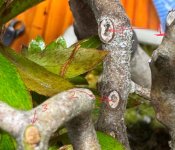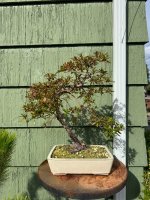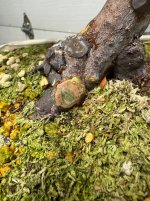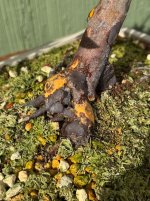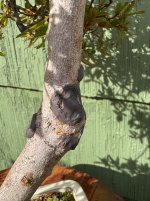pandacular
Masterpiece
I won this azalea at the club auction this June. @Deep Sea Diver had told me to consider it, and I am pretty pleased with the winning bid.

When I was inspecting the tree, a few issues came to light. The pot is far too small and does not match the tree, and the scar had a number of wounds that lacked attentive care. Both of those are easy enough to address, especially as I plan to grow the tree on to be somewhat thicker.
I got right to work on addressing the scars, which were double sealed with Top Jin M followed by putty. I also undercut a branch that I plan to remove to get a jump on healing the wound.

When I was inspecting the tree, a few issues came to light. The pot is far too small and does not match the tree, and the scar had a number of wounds that lacked attentive care. Both of those are easy enough to address, especially as I plan to grow the tree on to be somewhat thicker.
I got right to work on addressing the scars, which were double sealed with Top Jin M followed by putty. I also undercut a branch that I plan to remove to get a jump on healing the wound.




